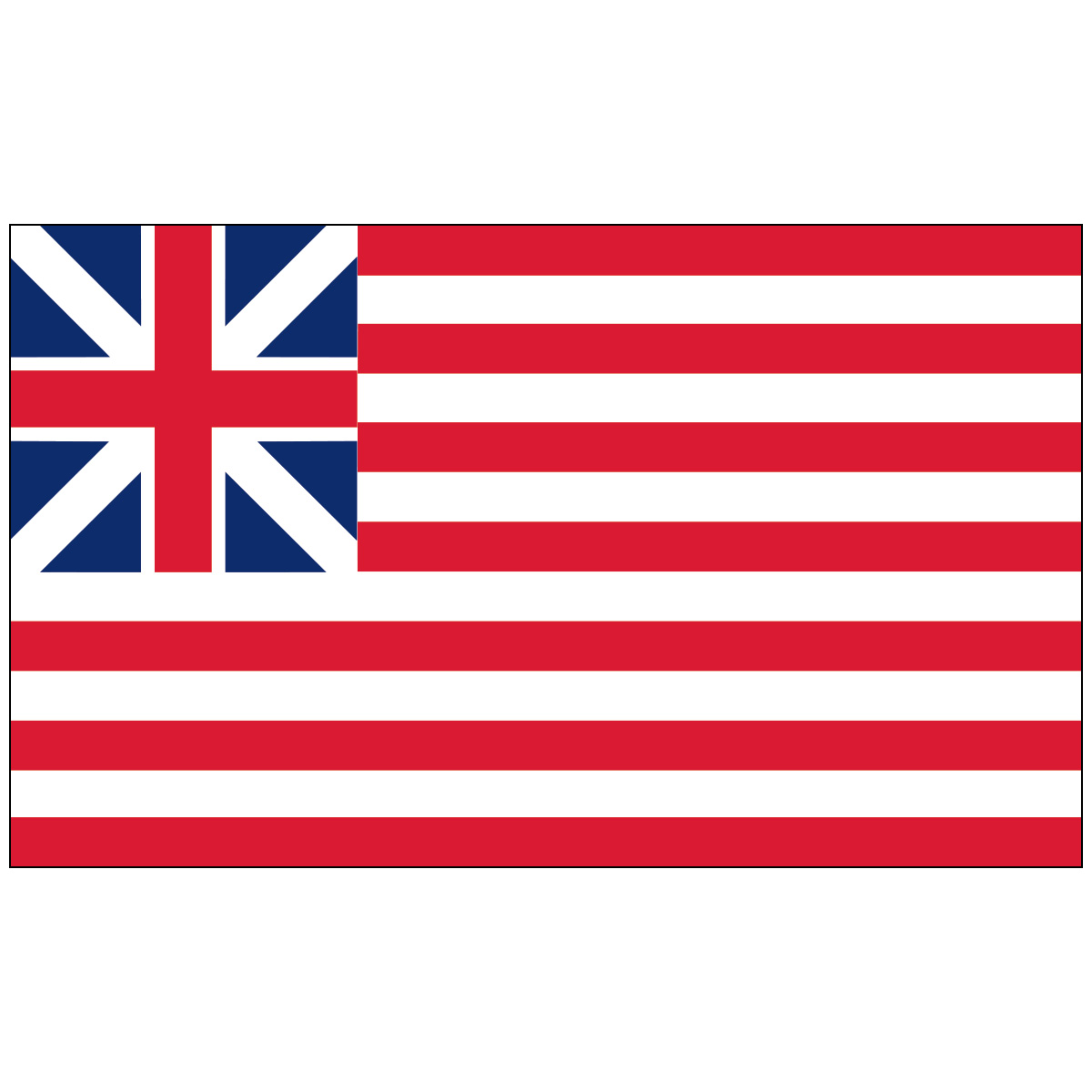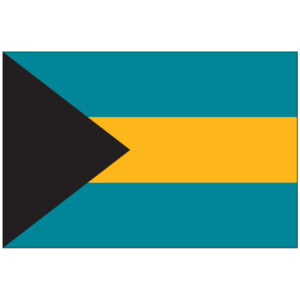Grand Union Nylon Flag
$64.95
Grand Union Nylon Flag – The “Grand Union Flag” is considered to be the first national flag of the United States of America. Like the current U.S. flag, the Grand Union Flag has 13 alternating red and white stripes, representative of the Thirteen Colonies. The upper inner corner, or canton, featured the flag of the Kingdom of Great Britain, of which the colonies had been subjects.
About Our Grand Union Nylon Flag
By the end of 1775, during the first year of the American Revolutionary War, the Second Continental Congress operated as a de facto war government authorizing the creation of the Continental Army, the Continental Navy, and even a small contingent of Continental Marines. A new flag was needed to represent the Congress and the United Colonies with a banner distinct from the British Red Ensign flown from civilian and merchant vessels, the White Ensign of the British Royal Navy, and the Flag of Great Britain carried on land by the British army. The emerging states had been using their own independent flags, with Massachusetts using the Taunton Flag, and New York using the George Rex Flag, prior to the adoption of united colors. Americans first hoisted the Colours on the colonial warship Alfred, in the harbor on the western shore of the Delaware River at Philadelphia, Pennsylvania on 3 December 1775, by newly appointed Lieutenant John Paul Jones of the formative Continental Navy. The event had been documented in letters to Congress and eyewitness accounts. The flag was used by the Continental Army forces as both a naval ensign and garrison flag throughout 1776 and early 1777. It is not known for certain when or by whom the design of the Continental Colours was created, but the flag could easily be produced by sewing white stripes onto the British Red Ensigns. The "Alfred" flag has been credited to Margaret Manny. It was widely believed that the flag was raised by George Washington's army on New Year's Day, 1776, at Prospect Hill in Charlestown (now part of Somerville), near his headquarters at Cambridge, Massachusetts, (across the Charles River to the north from Boston), which was then surrounding and laying siege to the British forces then occupying the city, and that the flag was interpreted by British military observers in the city under commanding General Thomas Gage, as a sign of surrender. Some scholars dispute the traditional account and conclude that the flag raised at Prospect Hill was probably the flag of Great Britain,[3] though subsequent research supports the contrary. The flag has had several names, at least five of which have been popularly remembered. The more recent moniker, "Grand Union Flag", was first applied in the 19th-century Reconstruction era by George Henry Preble, in his 1872 History of the American Flag.




